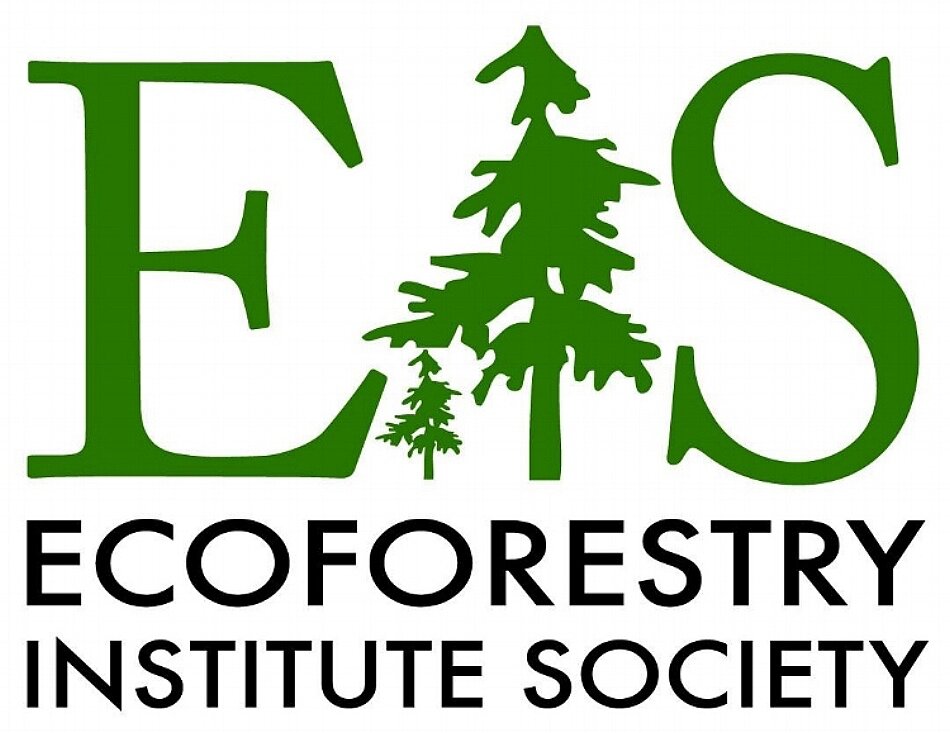Western Skunk-Cabbage
Plant of the Month - January 2019
Western Skunk-Cabbage (Lysichiton americanus)
Skunk Cabb
This remarkable, tropical-looking plant of our Northwest North American swamps, lake edges and streambanks, is a member of the Arum Family (Araceae). It is named after its somewhat pungent scent and its large, green cabbage-like leaves. Some prefer to call it “swamp lantern,” however – choosing to highlight its brilliant golden-yellow flowers that appear in early spring, well before the leaves have unfurled and expanded to their full glory. The actual flowers are tiny, crowded together into a dense spike.
The plant emits its distinctive, “skunky” odour to attract pollinators, mainly scavenging flies and beetles. The more conspicuous part of the flower is the large stalked yellow sheath, or spathe, growing up to 30 cm or more high, that surrounds and protects the club-like flower spike and its insect visitors. The leaves are large, soft and oval-shaped, with somewhat fleshy mid-rib and lower stem. Growing from thick, branching white rhizomes, or underground stems, skunk-cabbage plants form dense patches, which, in the spring present striking expanses of colour across diverse wetlands. The leaves can grow to immense sizes; on the west coast of Vancouver Island, some have been measured at over 2 m tall. They start to die back in September and October, and then sprout again in February and March in tandem with the maturing flowers.
The range of western skunk-cabbage extends from Kodiak, Alaska south to California and east to Montana and Wyoming. A closely related, white-flowered species (L. camtschatcensis) grows in Japan and the Kamschatka peninsula, and another plant called skunk-cabbage (Symplocarpus foetidus), is native to wetlands of eastern North America. Western skunk-cabbage is also known in the United Kingdom, where it was introduced into cultivation in the early 1900s as an ornamental plant. However, it has escaped to marshy areas in parts of Britain and Ireland and is considered by the European Union an invasive species.
Here in British Columbia, including at Wildwood, western skunk-cabbage is a welcome native plant, often associated with red alder (Alnus rubra) and western red-cedar (Thuja plicata), as well as salmonberry (Rubus spectabilis) and lady fern (Athyrium filix-femina). Some of the Wildwood skunk-cabbage plants have distinctive dark markings on their leaves, apparently reflecting genetic variation within this species.
Skunk-cabbage leaves may look delicious, and are, in fact, eaten by bear, deer and other wildlife, but they are not edible for humans. Like other species in the Arum family, they contain needle-like crystals of Calcium oxalate, which result in intense burning irritation to the tongue and throat if the leaves are consumed. Some First Nations have eaten the rhizomes as a famine food, usually after prolonged cooking, but even then they are said to have a strong, peppery taste. More commonly, the leaves, though not themselves eaten, have been used in food processing and preparation. The leaves’ waxy coating, giving them a shiny appearance, stops the absorption of water and renders them suitable for folding into a drinking cup or container for holding water, or for lining and covering berry baskets. They can be softened and made more flexible by heating them briefly over a fire. They also provide an ideal surface on which to spread berries for drying into cakes [see figure], and for wrapping food, such as salmon, and lining cooking pits to protect the food from the ashes and hot rocks in the pit.
Skunk-cabbage leaves have also been applied as a covering for severe burns, and used as a poultice for sores and swellings. The leaves are known to contain compounds with anti-fungal properties.
Skunk-cabbage has a long history of cultural importance and Indigenous knowledge. Its name, in the local Hul’q’umi’num’ language, ts’a’kw'a’, originates from an earlier “Proto-Salish” term, kw’ukw’, and is related to skunk-cabbage names in a number of other Salishan languages, as well as the names in Kwak’wala and related languages.
References
Han, Fujinori, Satoshi Tahara, and G.H. Neil Towers. 2000. Antifungal nitro compounds from Skunk Cabbage (Lysichitum americanum) leaves treated with cupric chloride. Phytochemistry 53 (2000) 55-58
Klinkenberg, Brian. (ed.). 2017. E-Flora BC: Electronic Atlas of the Plants of British Columbia. Eflora.bc.ca Lab for Advanced Spatial Analysis, Department of Geography, University of British Columbia, Vancouver. URL: http://linnet.geog.ubc.ca/Atlas/Atlas.aspx?sciname=Lysichiton%20americanus[accessed: 21/11/2018 3:52:00 PM]
Turner, Nancy J. 2010. Food Plants of Coastal First Peoples. Victoria: Royal BC Museum.
Turner, Nancy J. 2014. Ancient Pathways, Ancestral Knowledge: Ethnobotany and Ecological Wisdom of Indigenous Peoples of Northwestern North America. Montreal, QC: McGill-Queen’s University Press.
Turner, Nancy J. and Richard Hebda. 2012. Saanich Ethnobotany: Culturally Important Plants of the WSÁNEC’ People.Victoria: Royal BC Museum.
Turner, Nancy J., John Thomas, Barry F. Carlson and Robert T. Ogilvie. 1983. Ethnobotany of the Nitinaht Indians of Vancouver Island. Victoria: British Columbia Provincial Museum Occasional Paper No. 24.
Turner, Nancy J. and Patrick von Aderkas. 2009. The North American Guide to Common Poisonous Plants and Mushrooms. Timber Press, Portland, OR
Skunk-cabbage flower and pollinator
Berry cake on a skunk-cabbage leaf



